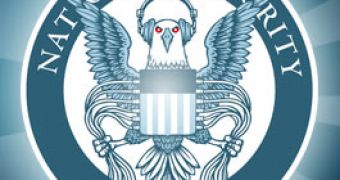It has always been assumed that the US government has offensive hacking capabilities and that it was very invested in them. Still, based on how much it complained about Chinese hackers, it might have seemed like US' operations were dwarfed by China's. But that's how propaganda works.
In reality, the US spent $1 billion on cyberwarfare in 2011, two thirds of that on offensive capabilities and not defense against the Chinese hackers or other "threats" we keep hearing about. That's according to new leaks from the Washington Post based on documents from Edward Snowden.
US intelligence agencies spent $652 million (€493 million) on a program named GENIE which conducts online exploits and attacks, penetrating networks and placing malware or covert software on routers, computers and other devices.
Tens of thousands of machines are targeted each year, but, apparently, the US plans to increase that number to millions of devices.
Russia, Iran, China and North Korea are priority targets, accounting for three quarters of the 231 operations in 2011.
The US has admitted that it does engage in offensive cyber strikes, which isn't much of a revelation to anyone, but claims that the difference between it and China is that it doesn't engage in economic espionage.
Still, by the end of the year, GENIE is expected to be in control of at least 85,000 machines. That number is expected to grow rapidly as the US becomes capable of controlling all of those machines without a human supervisor.
So far, someone had to be assigned to each machine, which is why the NSA only made use of 8,448 machines in 2011 of the 68,975 that it had exploited. But a new automated program dubbed TURBINE will change all that.
But these are just run-off-the-mill attacks, when the NSA needs to infiltrate a particular target, it calls in the elite hackers from The ROC (Remote Operations Center). These hackers look for ways of penetrating the defenses of a particular system and placing code that would allow NSA officers to access the machine or the network in the future.

 14 DAY TRIAL //
14 DAY TRIAL //